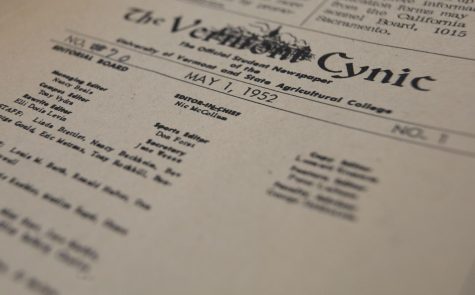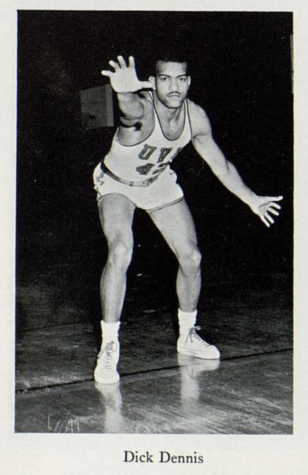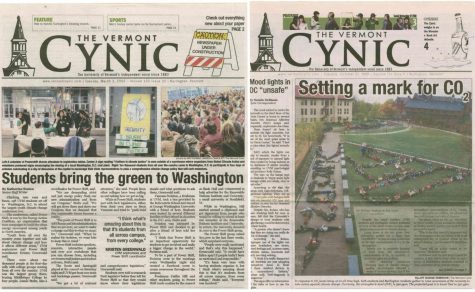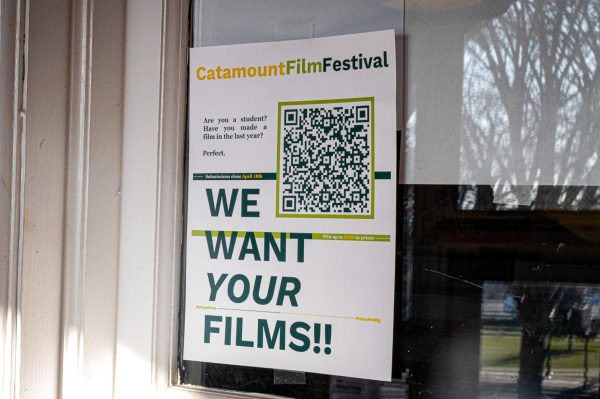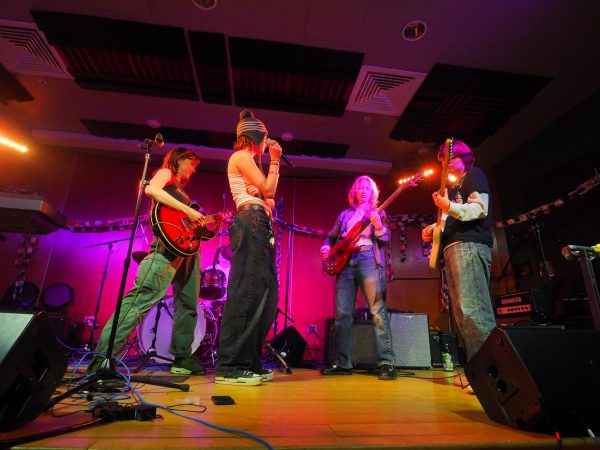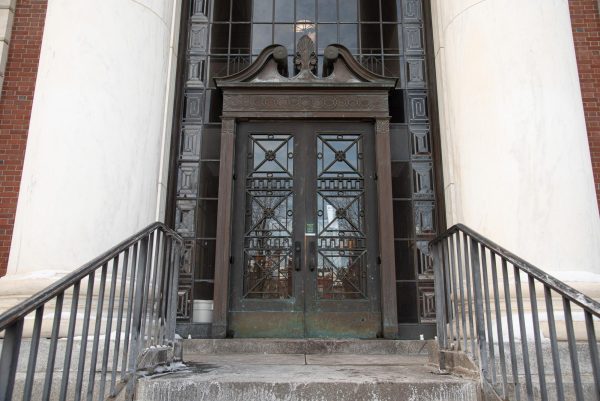Much ado about the union
The politics of unionism in the U.S. is confounding.
In 2007, a Gallup poll found that 60 percent of Americans support unions; however, only 12 percent of them actually belong to one.
But are unions still a necessity in our advanced, service-driven economy?
In the ’90s, when the Canadians were experimenting with giving greater power to organized labor, the Center for the Study of Living Standards, a think-tank based in Ontario, found that Gross Domestic Product per person dropped 6 percent when compared to the American labor system.
Hiring policies for unions might be a factor for stifled growth.
When a company hires union employees as a set, productivity falters.
If one worker can produce 40 units per hour, and his counterpart can only produce 15 units per hour-and of course, their wages are equal-great incentive is created for the more productive employee to, well, cut production.
It seems then, that unions are not conducive to fostering excellence; they serve to promote mediocrity.
Unions also pollute politics. There are many who claim that corporations shouldn’t be allowed to contribute money to political campaigns-chanting that “corporations aren’t people”-but if we are to accept this logic, why aren’t unions held to the same standard?
Union dues are especially sinister in non-right-to-work states, where they are spent in completely undemocratic ways during the campaign season.
CNN exit polls found that 38 percent of union workers voted for George W. Bush in 2004, but 95 percent of those union funds went toward John Kerry’s campaign.
What exactly is virtuous about states forcing workers to join unions, taking their money and giving it to the same politicians serving in those states-who, by the way, are predominately democrats? This isn’t for workers’ rights; this is for corrupt politicians.
This trend also extends to policy decisions. A 1999 Zogby poll found that almost 55 percent of union workers supported investing their social security taxes in a private account. But unions lobbied with millions to oppose just that policy.
It should be noted that unions have not always been detrimental to workers. Indeed, in the past, it’s been especially beneficial to workers in rural areas.
Coal industries in rural West Virginia could pay hopelessly low wages to their miners because no other business existed to compete. This is an example of a non-functioning labor market. In such conditions, unions played a vital role.
Today, with a more competitive economy, unions working in non-right to work states explain why so many jobs are outsourced to less economically regulated countries.
It should seem odd, then, that Americans are so supportive of unions, despite being largely unaffiliated-and, not to mention, harmed-by them.
In 2004, historian Thomas Frank wondered why Kansas was a red-state, if liberalism he believed, would suit Kansans better, in his book “What’s the Matter with Kansas?”
One should duly inquire, then, if America suffers from potent and recalcitrant union power, what’s the matter with America?


